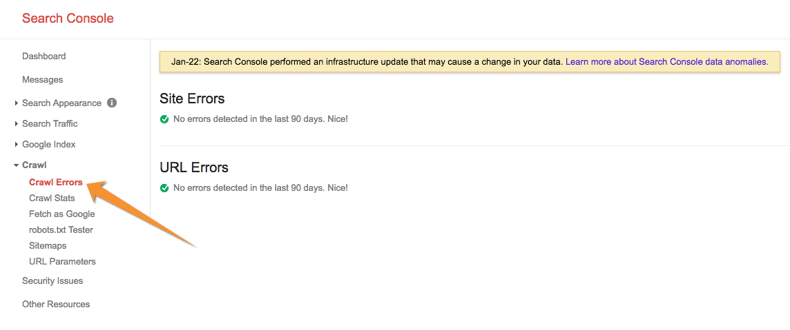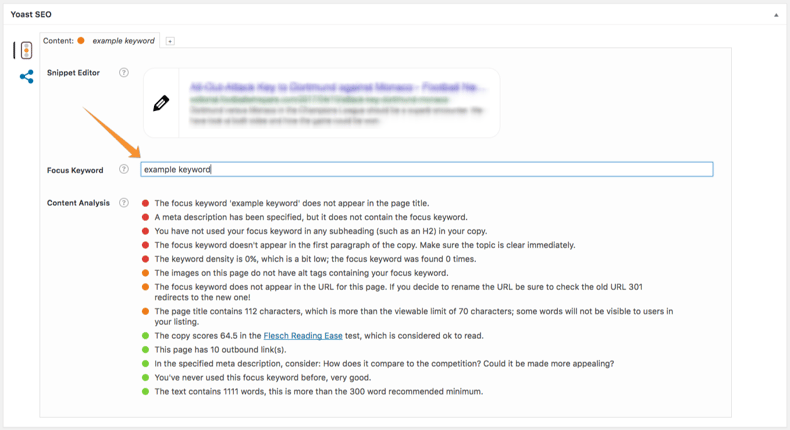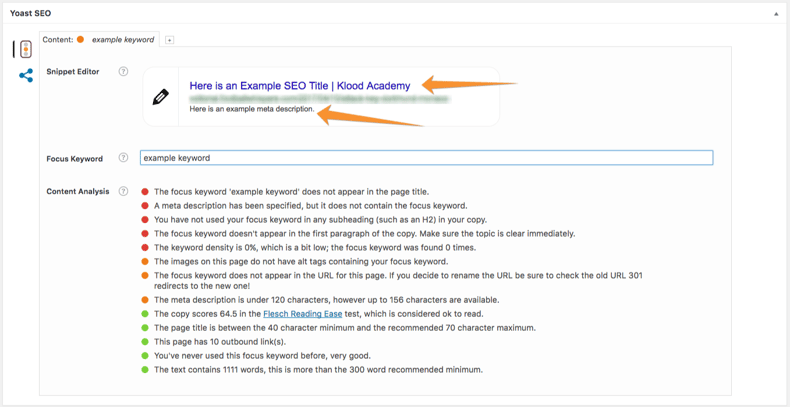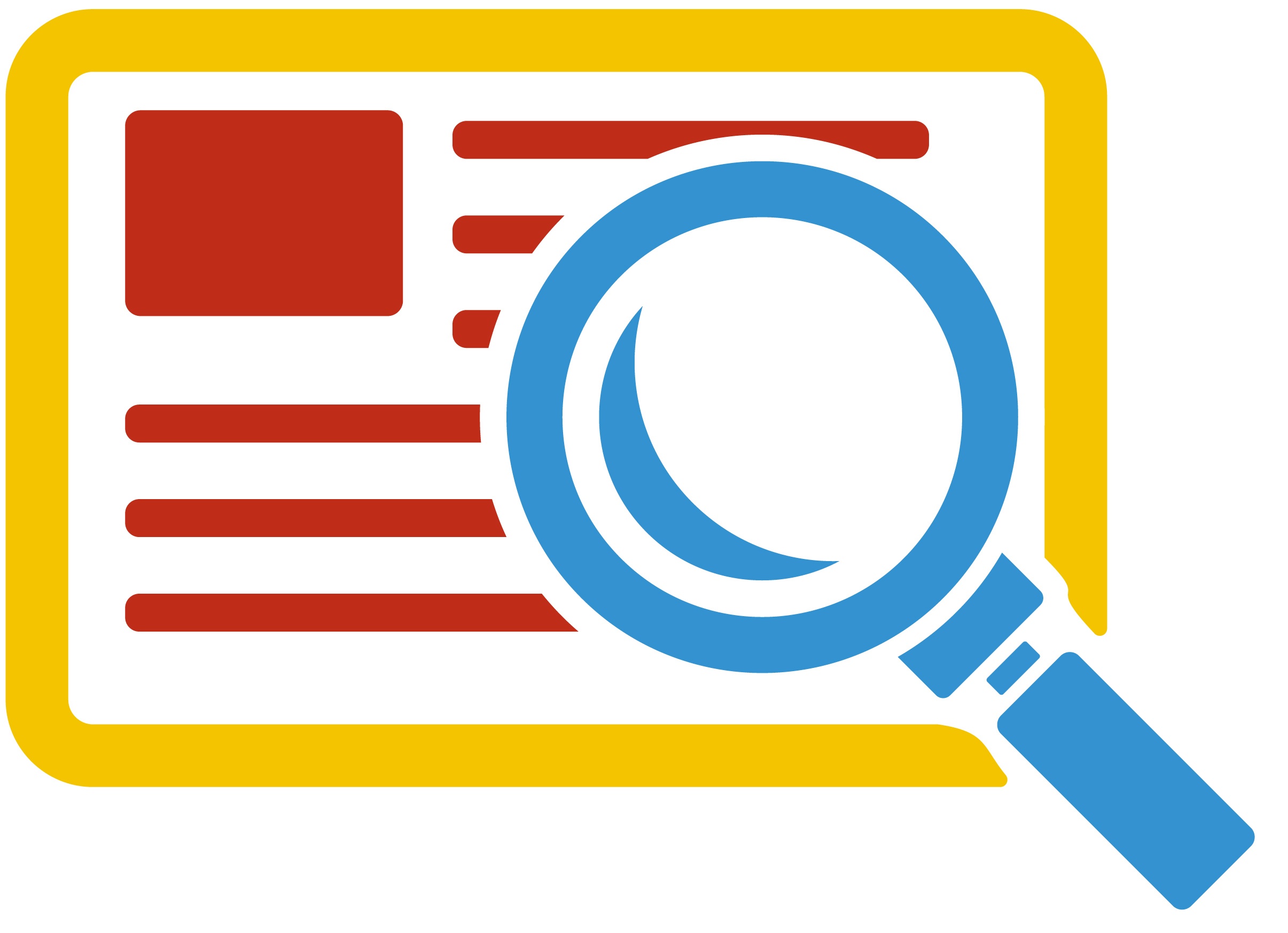
Get weekly
HubSpot updates
Set Up Google Search Console
Google Search Console is a tool that keeps track of how your website is crawled. It is simple to set up, and allows you to keep track of how Google is crawling your website, as well as keeping you informed about errors that it finds.
New to SEO? Check out our Ultimate SEO Glossary
To set up your site, head here and then follow the instructions. Once you've registered yourself as admin of that site, you'll be able to see a range of useful data. Let’s look at some of the simple Search Console fixes you can do now.
Submit A Sitemap
If your website has a sitemap, you can submit it in Google Search Console. This will allow Google to better understand the architecture of your site and to crawl it more efficiently, ensuring key pages are not missed. The process to do this is very simple: just go to the sitemaps section and click 'add/test sitemap'. You can then test or add the sitemap as you choose.
Check Crawl Errors
Search Console also keeps a handy list of errors that Google has found while crawling your site. These could range from server errors where the site was inaccessible, to individual pages not being found. Fixing these errors can help to improve user experience on your site, and ensures that pages can be crawled properly. To examine these, head to the crawl errors section of search console, found here:

You can see a list of the errors here, as well as the pages on which they are occurring. Depending on the type of error, you may need to take different steps to fix it, such as redirecting the page or looking at your server configuration.
Ensure Your Content Covers Important Keywords
When creating content, it’s important to make sure that it relates to the important keywords that you are trying to rank your business for. To do this, you should make a keyword plan, by working out what keywords are most valuable to you. You can then plan out content to target these, while also looking to see if existing content on your site can be adapted to suit these keywords.To look for valuable keywords, you can use tools such as Moz’s Keyword Explorer or the AdWords Keyword Planner to find out the search volumes of keywords, as well as statistics around the competition for those terms. Use this data to make decisions about which keywords you will target.
When adding keywords to your content, try to fit them in naturally. You ideally want the keyword in the page title, the H1, and several times in the content of your page. But always remember to keep it natural!
Using WordPress? Get The Yoast SEO Plugin!
If you're using WordPress you can get the Yoast SEO plugin, which has a range of useful functions that can help with SEO on your site.To download the plugin go here and follow the instructions. Once you have installed it, you can access a range of functions that will make the SEO on your site much easier to handle.
One of these functions is the in post grader. By entering the keyword we want the post to focus on, we can get a handy readout of how many times it is included in critical elements of the page, allowing you to edit accordingly.

The plugin also allows you to easily edit the page title and meta description, giving your pages and posts a better look in the search results than the titles that would simply be pulled from the page by crawlers. There can be set alongside the focus keyword for your page.

Check your site is crawlable
Can't find your site in the search results? Not getting any traffic to certain pages. It might be that your page is set to 'noindex', meaning it won't be found in the search results. To check this, you can simply view the source of your page. Just right click, and select 'view source'.
If the page is set to noindex, you'll be able to find a line of code saying 'meta robots: noindex'. If this is the case, you need to get this changed ASAP, so that your pages can be indexed and put into search results.
These simple tips can help you to get your SEO up to scratch quickly and simply, allowing you to devote more time to making great content.
